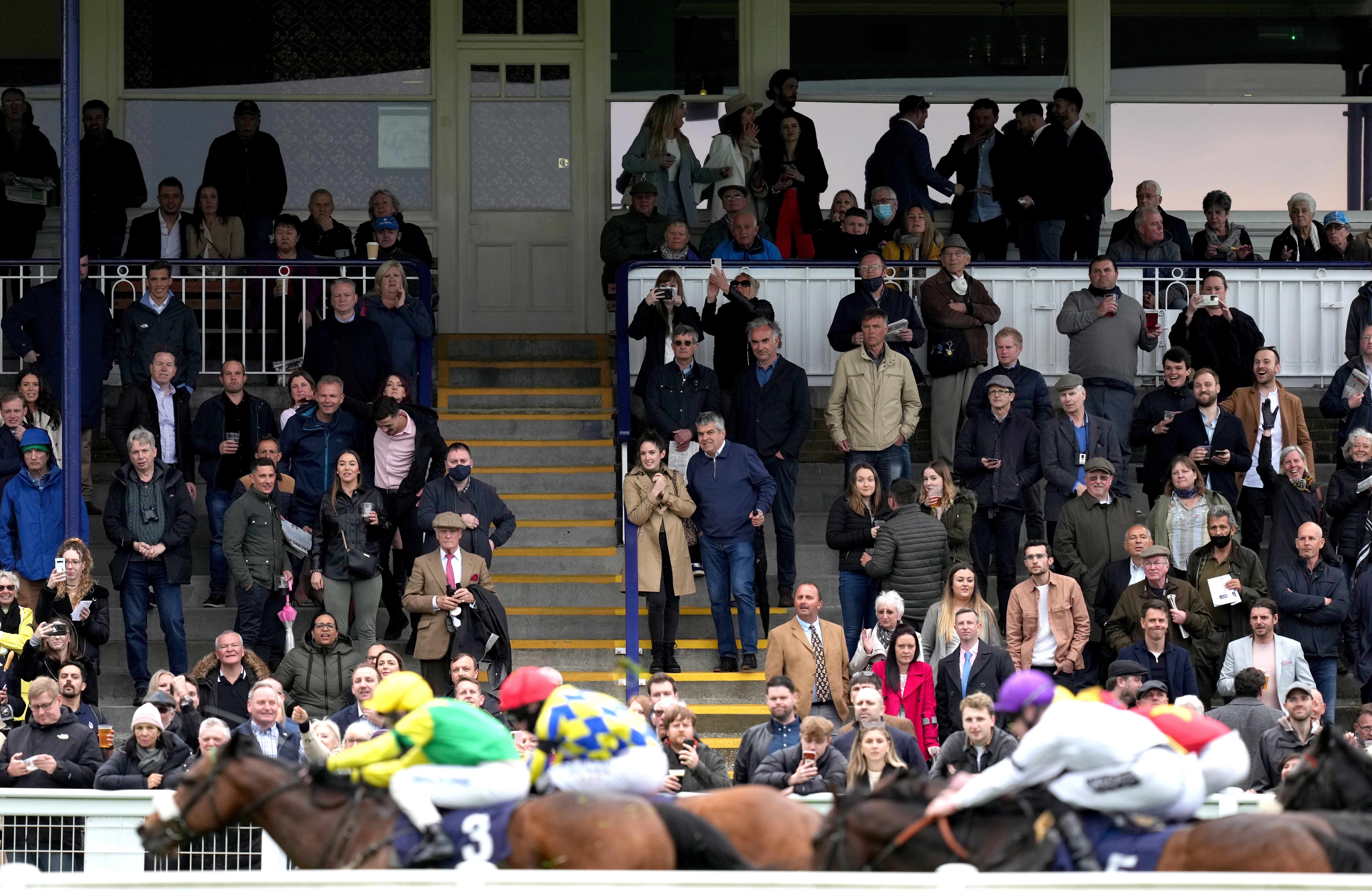Crowd restrictions remain after lockdown relaxation is delayed
Limits on spectator numbers extended until at least July 19.

Your support helps us to tell the story
From reproductive rights to climate change to Big Tech, The Independent is on the ground when the story is developing. Whether it's investigating the financials of Elon Musk's pro-Trump PAC or producing our latest documentary, 'The A Word', which shines a light on the American women fighting for reproductive rights, we know how important it is to parse out the facts from the messaging.
At such a critical moment in US history, we need reporters on the ground. Your donation allows us to keep sending journalists to speak to both sides of the story.
The Independent is trusted by Americans across the entire political spectrum. And unlike many other quality news outlets, we choose not to lock Americans out of our reporting and analysis with paywalls. We believe quality journalism should be available to everyone, paid for by those who can afford it.
Your support makes all the difference.Some restrictions will remain in place on racecourses until at least July 19 after the Government announced a four-week delay to the planned relaxation of Covid-19 measures in England.
Prime Minister Boris Johnson had intended to lift restrictions on June 21, but that date has been pushed back due to a rise in cases linked to the Delta variant of the virus.
He told a Downing Street press conference that the spread of the Delta variant meant “we have obviously faced a very difficult choice”.
“We can simply keep going with all of Step 4 on June 21, even though there is a real possibility that the virus will outrun the vaccines and that thousands more deaths would ensue which could otherwise have been avoided,” he said.
“Or else we can give the NHS a few more crucial weeks to get those remaining jabs into the arms of those who need them.
“And since today I cannot say that that we have met all our four tests for proceeding with Step 4 on June 21, I think it is sensible to wait just a little longer.”
Racecourses are currently permitted to have a crowd of 4,000 people, or 50 per cent capacity, whichever number is lower.
This week’s Royal Ascot meeting will have up to 12,000 spectators a day though, as it is part of the Government’s Events Research Programme (ERP), with attendees having undergone lateral flow and PCR testing.
A statement on behalf of the racing industry said “the announcement is a further financial blow to the racing industry, a significant proportion of whose revenues are generated from racegoers’ attendance at race meetings”.
It added that “major events due to take place during the four-week period of delay include the Coral-Eclipse at Sandown Park racecourse and Newmarket’s Moët & Chandon July Festival. This is not a sustainable situation for a £4 billion industry”.
David Armstrong, chief executive of the Racecourse Association (RCA), estimates the delay to removing restrictions will result in a loss of between £15million and £20m for racecourses and intends to continue pressing for tracks to be allowed the same limits as seated sports stadia.
He said: “Naturally we are disappointed to hear of a delay to stage four of the route map to recovery but acknowledge it has been activated due to public health concerns.
“It is important to note that this will have a significant commercial effect on racecourses that had sold many thousands of tickets for events after June 21 – we estimate a loss of between £15m and £20m due to a four-week delay.
“The industry will continue to press hard for racecourses to receive the same 10,000 capacity limits as seated stadia. Whilst this will lessen the hit, it is still far from commercially viable in what is the peak season for welcoming spectators.”
Julie Harrington, chief executive of the British Horseracing Authority (BHA), added: “While it is disappointing that plans for the relaxation of restrictions and the further return of spectators have been delayed, we of course understand the principle that Government’s decisions should be evidence-based and public health must come first.
“Many of our racegoers will be frustrated by this delay, but we are doing all we can to work with national and local authorities to maximise the number of people allowed to attend race-meetings in safety.”
The statement added industry figures will now consider whether “it should seek further support through the Sport Survival Package” in the absence of spectators, while continuing to work with the HBLB on securing £21m in loan funding from the winter survival fund.